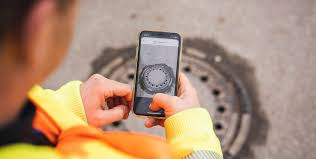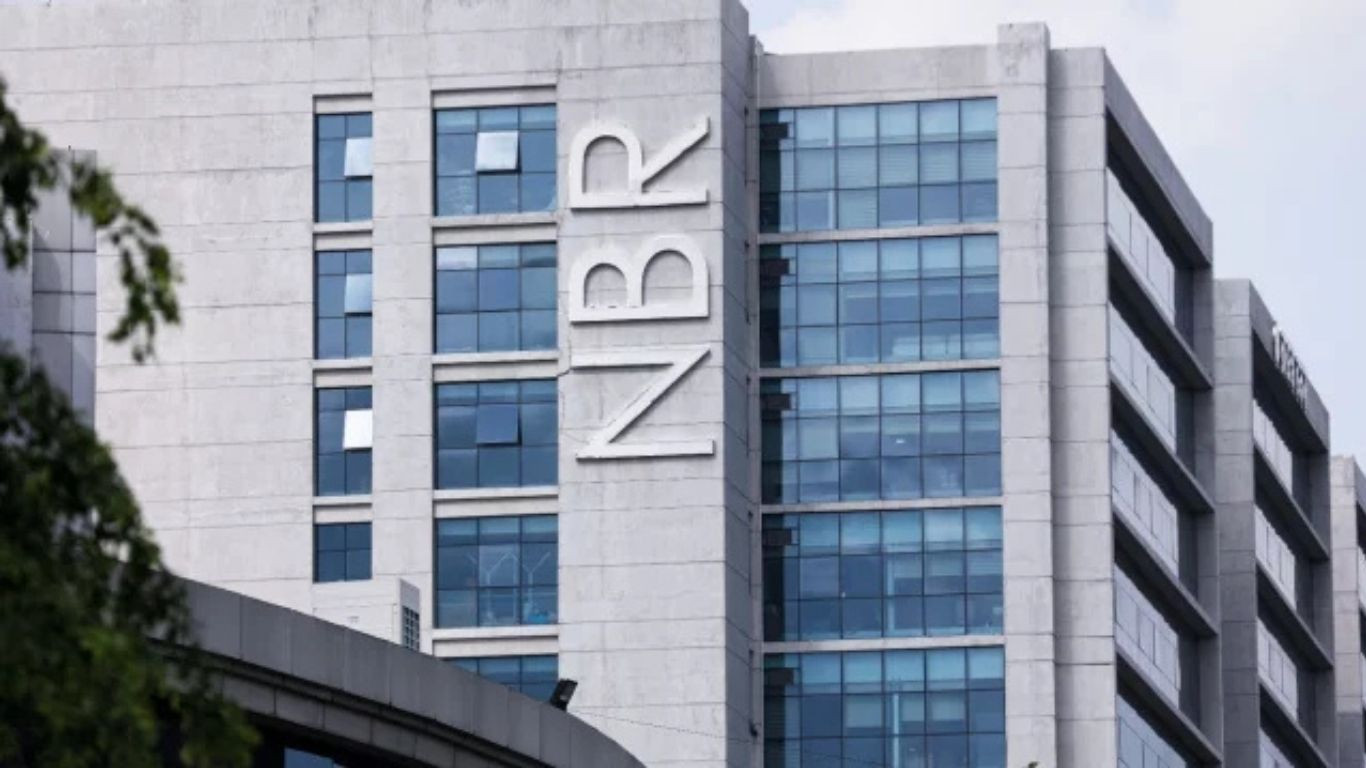AI-GENERATED LEADING LADY DEEPENS FEARS OVER HOLLYWOOD’S DIGITAL FUTURE

Virtual “actress” tests the limits of synthetic stardom
An entirely AI-generated “actress” fronting a new film campaign has become the latest flashpoint in Hollywood’s debate over synthetic performers, sharpening long-running concerns about digital doubles. Built using machine-learning models and advanced visual-effects tools, the photorealistic character appears in posters, trailers and promotional clips as if she were a human lead. For many working actors, the experiment raises a blunt question: if studios can convincingly fake a face, a voice and a performance, how safe are traditional on-screen careers. The rollout comes just months after major labour disputes in which performers demanded explicit protections against unauthorised AI replicas.
Audience reaction so far has been split between curiosity and discomfort. Some viewers praise the technical achievement, noting how natural the virtual star looks in certain shots. Others describe a subtle “uncanny valley” effect, pointing to tiny glitches in movement or expression that give away her artificial origin. For actors’ unions, the central worry is not whether audiences can tell but how studios might deploy such tools—using them to save on reshoots, recreate crowd scenes without extras or even assemble entire casts in software. The AI actress has quickly become a symbol of broader anxieties about consent, credit and pay in an industry racing to automate.

Law, ownership and the craft of acting
Legal experts warn that current image-rights and copyright rules were built for a very different era. Contracts typically cover how a studio can reuse footage of a real performer, not how it can create a brand-new character that vaguely resembles many real people at once. That leaves grey zones around who “owns” a digital persona and what happens if it looks or sounds suspiciously like an existing star. Creatives also worry that if directors can endlessly tweak facial expressions and line deliveries in post-production, the collaborative, improvisational side of acting could be squeezed out.
Supporters of the technology argue that AI tools can extend, rather than erase, human performance. They point to safer stunt sequences, budget-friendly crowd shots and the possibility of representing people whose stories have rarely appeared on screen. Some filmmakers say a mix of human actors and carefully labelled digital characters could open new visual styles in fantasy and science fiction. But even they concede that without strong rules and transparent labelling, the risk of abuse is high. As Hollywood experiments with its new virtual leading lady, the industry is testing not just software limits but also public tolerance for blurring the line between real and manufactured stardom.





















